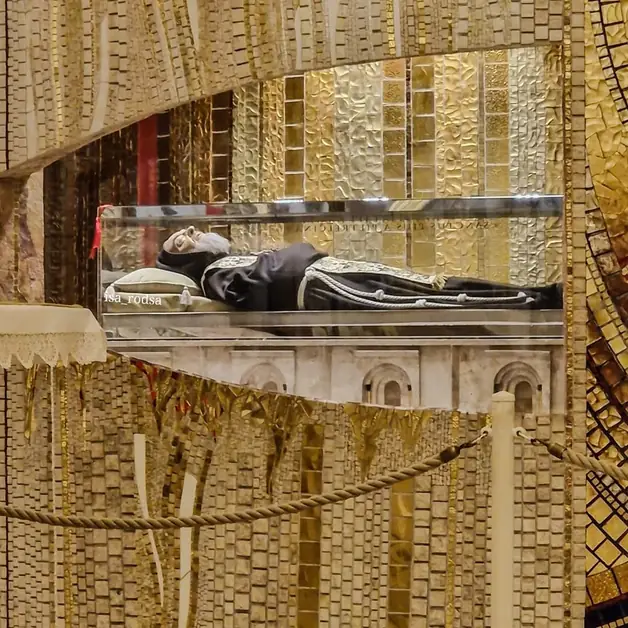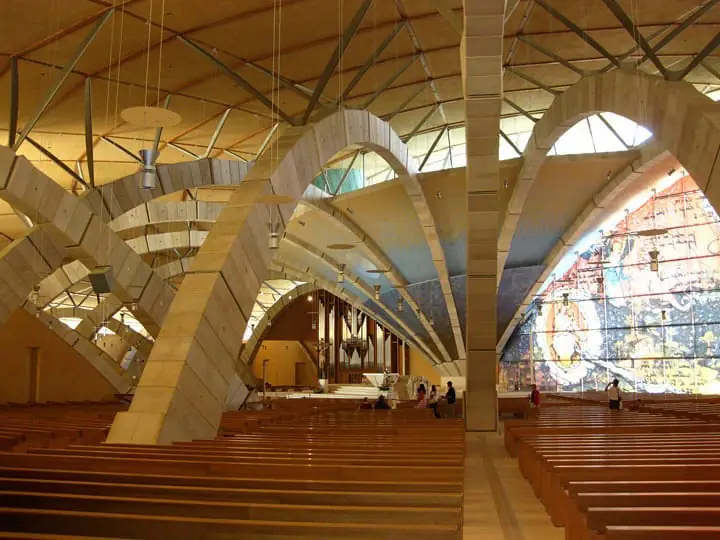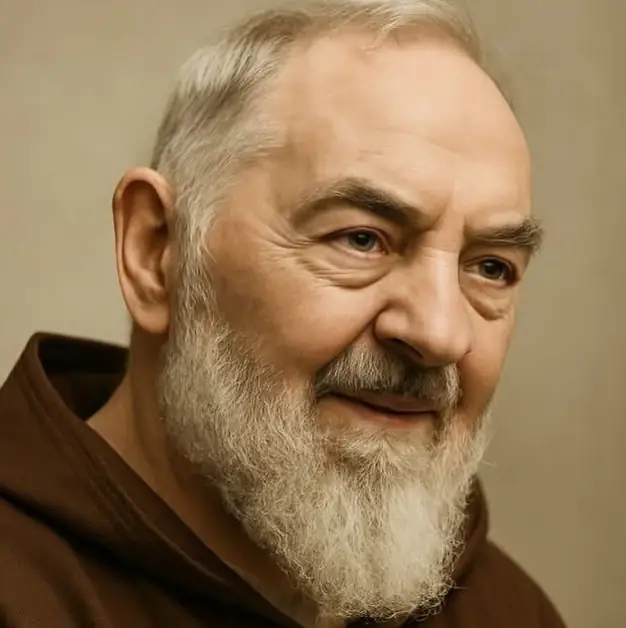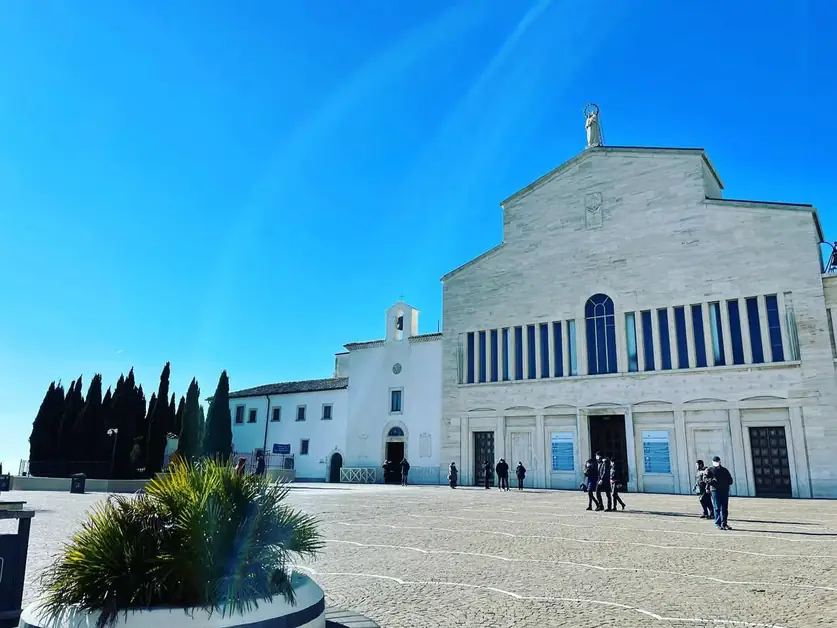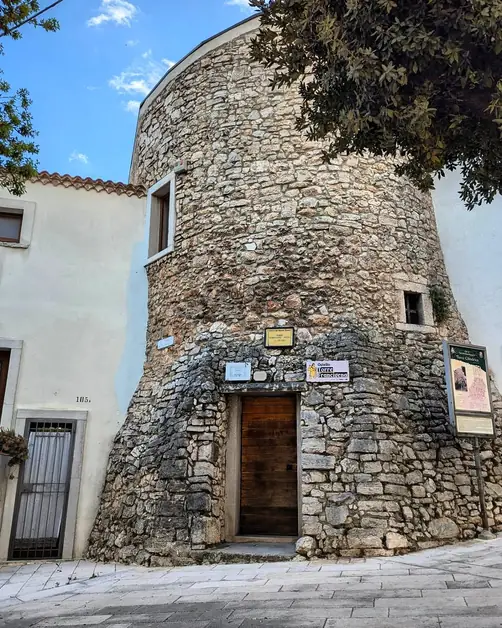The historic center of San Giovanni Rotondo to visit
The historic center of San Giovanni Rotondo is a fascinating place to explore.
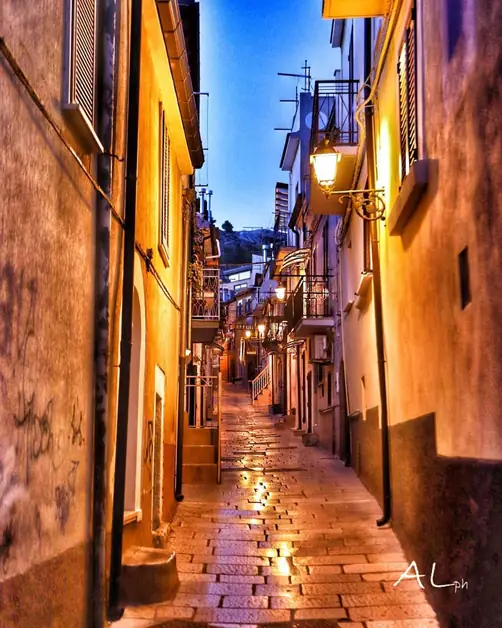
Why visit the historic center of San Giovanni Rotondo?
The historic center of San Giovanni Rotondo is a place where time seems to have stopped. Walking through its alleys, one can feel the authentic atmosphere of a Apulian village, with stone houses, flower-filled balconies, and the aromas of local cuisine wafting through the streets. It is the ancient heart of the city, where one can discover the history, culture, and traditions of a place inextricably linked to the figure of Padre Pio, but also rich in a fascinating architectural and artistic heritage.
What makes the atmosphere of the historic center of San Giovanni Rotondo special?
The atmosphere is simple and genuine. Children still play in the streets, the elderly chat in front of their doorsteps, and tourists are greeted with a smile. The narrow streets intertwine like a labyrinth, with arches, external staircases called "mugnali," and courtyards full of life. Walking through the streets of the center reveals medieval towers, ancient churches, and noble palaces that tell centuries of history.
What are the main monuments to see in San Giovanni Rotondo?
Among the most important monuments is the Town Hall, today the seat of the Municipality, an elegant building that dominates the main square. Do not miss the Cylindrical Tower, dating back to the 12th-13th centuries, which now houses the Museum of Arts and Popular Traditions. This tower is one of the oldest symbols of the city and offers a splendid view of the rooftops of the village.
What can be visited in the historic palaces of the center of San Giovanni Rotondo?
The historic center is dotted with noble palaces built between the 17th and 18th centuries. Among these is Palazzo Morcaldi, which now houses the Museum of Wax Figures of Padre Pio, where scenes from the saint's life are realistically reproduced. Another notable building is the Captain's Palace, dating back to the 17th century, with its Baroque portal and period decorations. Do not miss Palazzo Verna, Palazzo Bramante-Giuliani, and Palazzo Cavaniglia, all examples of historic Apulian architecture.
What does Piazza Padre Pio represent for the city?
Piazza Padre Pio is the heart of civic life and a symbolic place for the faithful. Here stands the monument to Padre Pio created by the sculptor Pericle Fazzini. The square is also a meeting point for citizens and an ideal starting point for visiting the historic center, thanks to its central location and proximity to the main monuments.
What churches can be visited in the historic center of San Giovanni Rotondo?
The village is rich in ancient churches that testify to the deep spirituality of the place. Among the oldest is the Church of Santa Caterina, dating back to the 11th century, and the Church of the Madonna di Loreto, built in the same period. Do not miss the Church of San Donato and the Church of Sant'Onofrio, both from the 13th century. The churches of San Giacomo and San Nicola, dating back to the 14th and 17th centuries, preserve frescoes and decorations of great artistic value.
What are the more recent churches in the ancient village?
In the historic center, there is also the Church of San Giuseppe Artigiano, built in the 20th century, which represents a bridge between tradition and modernity. It is a simple church but very beloved by residents, a symbol of popular devotion.
What can be seen in the Monastic Complex of the Poor Clares?
The Monastic Complex of the Poor Clares, built in the 17th century, is one of the quietest and most suggestive places in the village. The convent is still inhabited by cloistered nuns who live according to the rule of Saint Clare. The building is distinguished by its sober and harmonious architecture, with an internal cloister that invites reflection and meditation.
What is the significance of the Cylindrical Tower of San Giovanni Rotondo?
The Cylindrical Tower is one of the oldest symbols of the city. Built between the 12th and 13th centuries, it was part of the medieval fortifications. Today it houses the Museum of Arts and Popular Traditions, where one can admire objects, costumes, and tools that tell the daily life of the Gargano community in past centuries.
Who was Celestino Galiani and where is his birthplace?
Celestino Galiani was an important philosopher and economist of the 18th century, born in San Giovanni Rotondo. His birthplace, dating back to the 17th century, is located in the heart of the village and is recognizable by the commemorative plaque on the facade. It is an interesting stop for those who love history and culture.
How does the historic center of San Giovanni Rotondo present itself today?
Today the historic center is well preserved and cared for. The streets are paved with local stone, and many buildings have been restored while maintaining their original appearance. Walking through these streets means immersing oneself in an authentic world, far from mass tourism, where it is still possible to breathe the life of a bygone era.
What makes a walk through the alleys of San Giovanni Rotondo fascinating?
Every alley hides a surprise: a medieval arch, a flowered balcony, a courtyard with ancient stones. The "mugnali," the external staircases typical of Apulian houses, are decorated with colorful plants and flowers that make the village a true photographic gem. Photography enthusiasts find in this historic center perfect glimpses to capture the authentic beauty of Gargano.
What museums can be visited in San Giovanni Rotondo?
In addition to the Wax Museum and the Museum of Arts and Popular Traditions, visitors can also discover small permanent exhibitions dedicated to the life of Padre Pio and local history. Many historic palaces house collections of sacred art and objects of daily life from the past.
What can be tasted during a visit to the historic center?
During a visit to the village, it is impossible not to stop at one of the local taverns or trattorias. Here you can savor typical dishes of Gargano such as orecchiette with turnip tops, pancotto, local cheeses, and traditional almond-based desserts. Each dish tells the simplicity and genuineness of Apulian cuisine.
How to reach the historic center of San Giovanni Rotondo?
The historic center is just a few minutes from the Sanctuary of Padre Pio. It can be easily reached on foot or by car, following the signs to the city center. For those coming from outside, San Giovanni Rotondo is connected via the A14 (exits Foggia or San Severo) and served by regional buses from Foggia and Manfredonia.
What is the best time to visit the historic center?
The ideal period is from April to October, when the weather is mild and the days are long. However, even in winter, the village maintains its charm, with warm lights illuminating the streets and artisan shops open all year round.
Why is the historic center of San Giovanni Rotondo a must-see for tourists?
Because it offers a perfect blend of faith, culture, and authenticity. After visiting the places of Padre Pio, walking through the alleys of the village means discovering the truest soul of the city. Here, every stone tells a story, and every encounter becomes a precious memory of the journey into the heart of Gargano.
